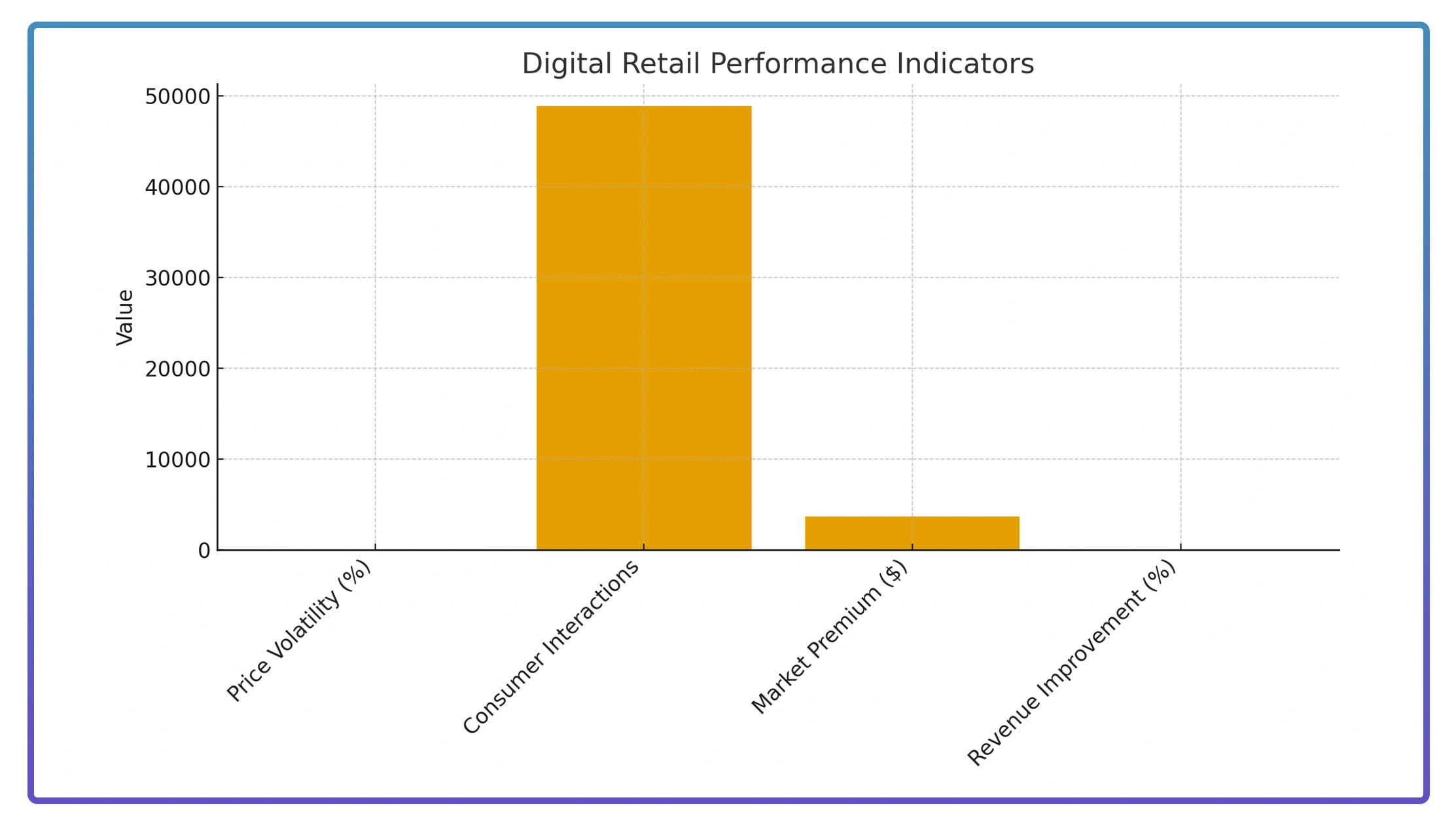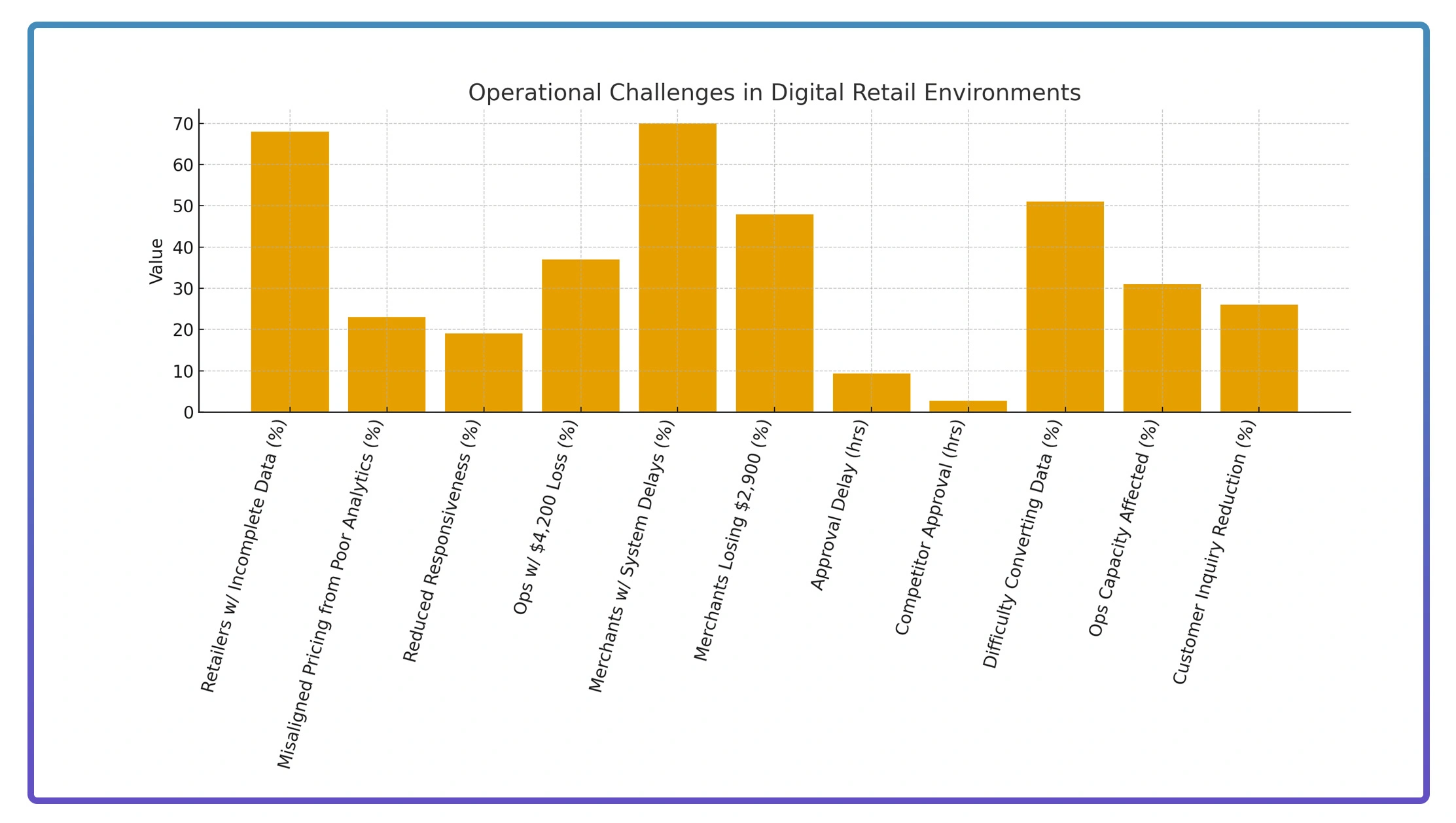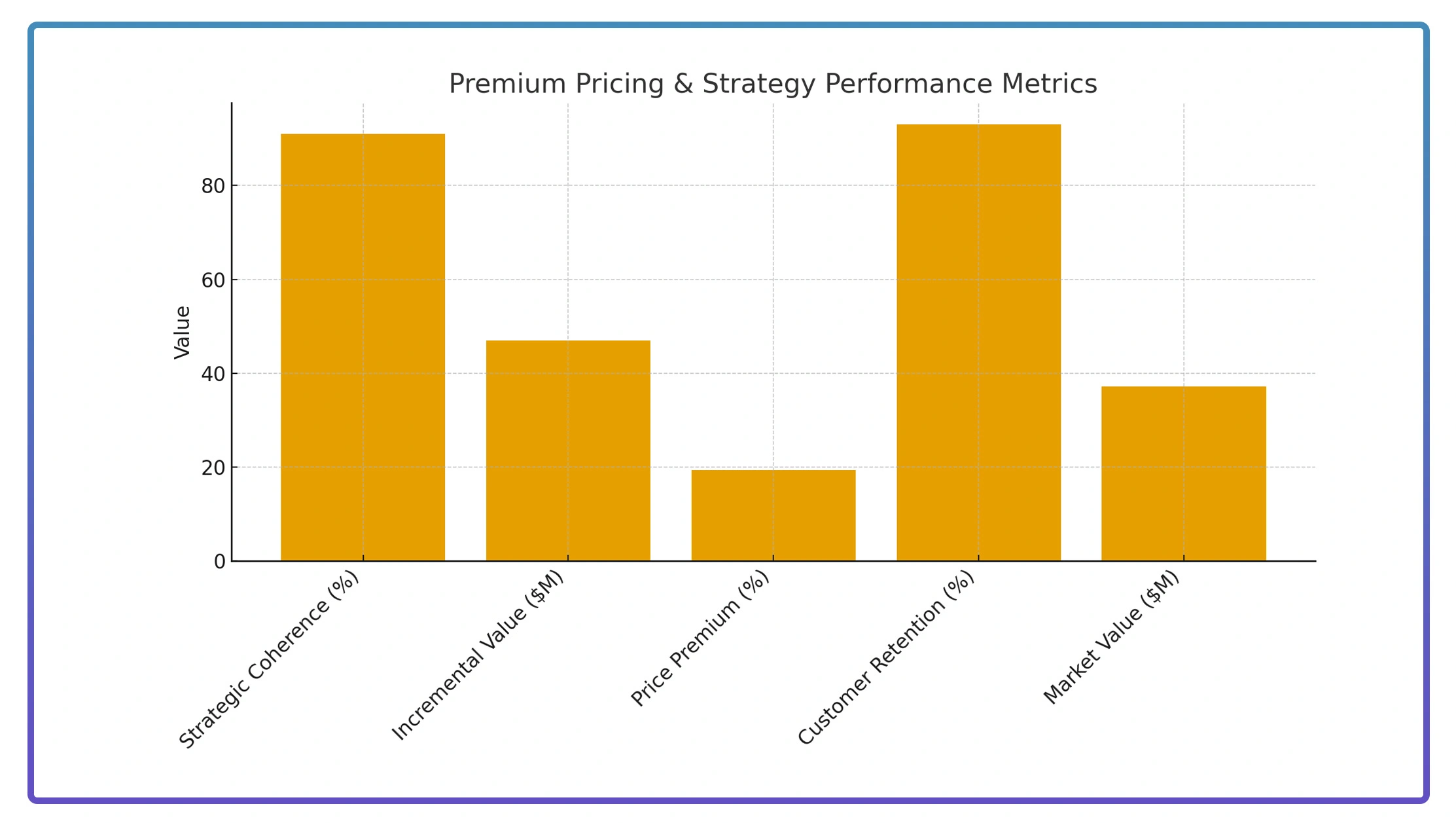Introduction
The digital commerce ecosystem has evolved into a $5.7 trillion global marketplace, where informed strategic decisions require comprehensive analysis of constantly shifting pricing patterns. Regional E-Commerce Data Collection serves as the foundation for examining 8.2 million daily transactions across North America, Europe, Asia-Pacific, and emerging markets.
Through sophisticated E-Commerce Data Scraping methodologies, retail strategists access insights influencing $62B in quarterly market movements, examine purchasing patterns that shape 81% of consumer decisions, and monitor fluctuations across 670,000 active product listings. Advanced E-Commerce Market Trends Analysis delivers transparency into demand acceleration, which can surge by up to 340% during seasonal peaks.
This comprehensive examination showcases methodologies for extracting retail intelligence from diverse digital platforms, enabling organizations to interpret $203B in annual commerce activity. Specialized Competitive Pricing Intelligence approaches evaluate cost structures and geographic market sentiment variations accounting for 42% of margin differentials.
Objectives
- Evaluate how Regional Online Market Insights reveal pricing dynamics across platforms processing 1.7 million hourly search queries.
- Investigate the influence of E-Commerce Data Analytics Services on merchandising decisions within a $127.3 million weekly digital retail environment.
- Establish structured frameworks applying Market Trends and Pricing Strategy methodologies, monitoring 7,200 product categories across 2,300 regional markets.
Methodology

Our specialized five-layer infrastructure for digital commerce combined automation precision with quality verification, achieving 97.4% accuracy across all analytical touchpoints.
- Product Tracking Infrastructure: We monitored 7,200 listings from 2,300 regional markets utilizing robust Regional E-Commerce Intelligence systems.
- Customer Feedback Processing: Employing precise Cross-Market E-Commerce Comparison techniques, we analyzed 81,700 customer evaluations and 167,300 rating modifications.
- Commercial Intelligence Platform: We integrated 26 external data sources, including logistics APIs and economic indicators, to enable Retail Data Collection and Analysis functionality.
Performance Metrics Framework

We constructed a comprehensive evaluation architecture centered on critical performance indicators driving outcomes in digital retail environments:
- Extensive price volatility examination conducted across 31 primary merchandise segments, revealing an average monthly variation of 6.4%.
- Evaluation of promotional campaign impact based on 48,900 measured consumer interaction events.
- Thorough geographic market premium assessment highlighting an average value differential of $3,670 per transaction.
- Significant correlation identified between strategic pricing adjustments and revenue outcomes, indicating a 28% improvement with optimized cost positioning.
Data Analysis
1. Cross-Regional Pricing Landscape
The following table presents average cost differentials and market characteristics observed across primary digital commerce categories on leading platforms.
| Product Category | Urban Markets Avg | Regional Markets Avg | Price Gap (%) | Data Refresh Rate |
|---|---|---|---|---|
| Electronics | 1,247$ | 873$ | 42.8% | Every 90 min |
| Fashion Apparel | 156$ | 98$ | 59.2% | Every 2 hrs |
| Home Furnishings | 687$ | 412$ | 66.7% | Every 3 hrs |
| Beauty Products | 89$ | 54$ | 64.8% | Every 75 min |
| Sports Equipment | 423$ | 267$ | 58.4% | Every 2.5 hrs |
2. Statistical Performance Analysis
- Dynamic Pricing Frequency Insights: Intelligence from E-Commerce Competitor Pricing Data reveals premium merchandise adjusts pricing 167% more frequently—approximately 18 times daily, compared to 6.8 revisions.
- Platform Competition Statistics: Analysis from Regional E-Commerce Data Collection adapted for international markets demonstrates that premium marketplaces command 7.9% higher pricing in technology and luxury segments, while processing 37% more high-ticket transactions.
Consumer Behavior Analysis
We examined consumer engagement patterns and their correlation with pricing approaches across digital commerce platforms to develop comprehensive market understanding.
| Behavior Profile | Distribution (%) | Avg Decision Time (Days) | Spending Impact ($) | Conversion Rate (%) |
|---|---|---|---|---|
| Value Shoppers | 47.8% | 9.3 | -142 | 71.2% |
| Brand Loyalists | 32.4% | 6.1 | +267 | 83.7% |
| Impulse Buyers | 14.7% | 1.8 | -89 | 68.4% |
| Premium Seekers | 5.1% | 4.2 | +512 | 91.8% |
Behavioral Intelligence Insights
- Market Segmentation Trends: Through E-Commerce Data Scraping, we distinguish brand-loyal consumers generating $476M in marketplace activity, with an 83.7% completion rate, delivering a 3.4x superior return on marketing expenditure.
- User Decision Behavior: Our methodology utilizing E-Commerce Market Trends Analysis shows that brand-prioritizing customers finalize purchases averaging $641 in merely 6.1 days.
Implementation Challenges

1. Data Quality Limitations
Approximately 68% of retailers expressed concerns regarding incomplete information sets, with inadequate E-Commerce Data Analytics Services contributing to 23% of misaligned pricing strategies. Inconsistent data sources reduced market responsiveness for 19% of organizations, resulting in a monthly deficit of around $4,200 at 37% of their operations.
2. Response Time Obstacles
70% of merchants were dissatisfied with delayed system performance, leading to missed pricing optimization windows and an average monthly loss of $2,900 for 48% of them. Another 39% cited prolonged approval processes, averaging 9.4 hours, compared to competitors' 2.7 hours.
3. Analytics Processing Barriers
Approximately 51% found it challenging to convert data into strategic intelligence, which affected 31% of their daily operational capacity. Lack of infrastructure for Regional E-Commerce Intelligence led to a 26% reduction in customer inquiry resolution.
Platform Performance Comparison
Over 21 weeks, we examined pricing positioning tactics spanning 1,680 merchants, analyzing $117.4 million in transaction volume. This comprehensive investigation covered 243,000 product impressions, ensuring 96% data precision across prominent commerce platforms.
| Market Segment | Premium Channels (%) | Standard Channels (%) | Avg Transaction ($) |
|---|---|---|---|
| Premium Products | +21.7% | +17.3% | 1,847 |
| Mid-Tier Products | +3.8% | -2.4% | 634 |
| Budget Products | -14.6% | -16.8% | 312 |
Competitive Market Intelligence

- Strategic Segmentation Analysis: Employing E-Commerce Competitor Pricing Data techniques, pricing positioning across segments demonstrates 91% strategic coherence, generating $46.9 million in incremental value for premium merchandise.
- Premium Strategy Effectiveness: Supported by Regional E-Commerce Data Collection, luxury segments maintain a 19.4% price premium and 93% customer retention, contributing $37.2 million in market value.
Conclusion
Transform your digital commerce strategy by implementing Regional E-Commerce Data Collection to access precise, timely intelligence for informed competitive decisions. With detailed visibility into pricing patterns, demand fluctuations, and market opportunities, retail professionals can refine their approach to remain highly competitive and responsive in a dynamic online marketplace.
Utilizing comprehensive E-Commerce Data Analytics Services enables measurable advantages—organizations experience enhanced profitability and improved market positioning. If you're prepared to convert actionable intelligence into sustained growth, contact Web Fusion Data today and revolutionize how you analyze, price, and position your product offerings across regional markets.
